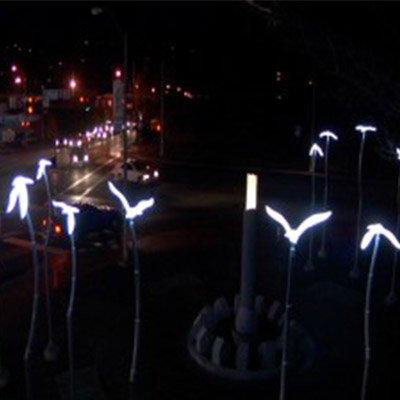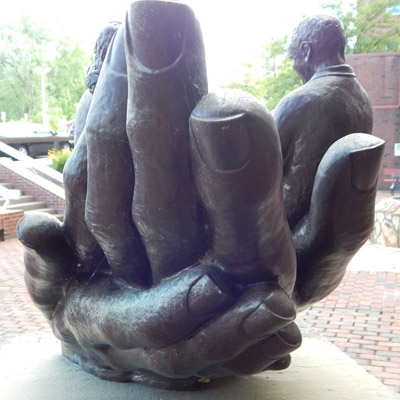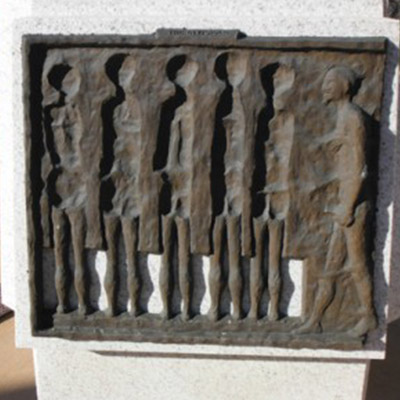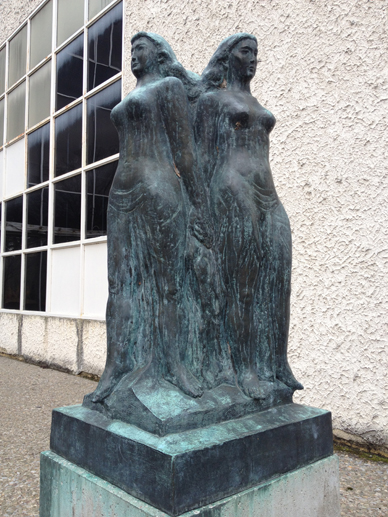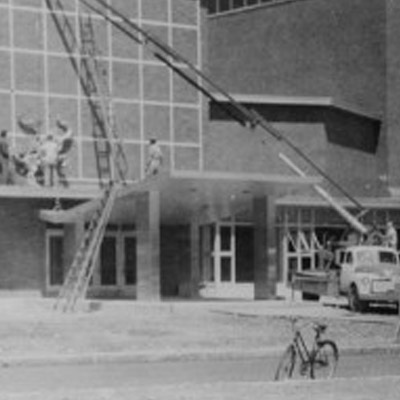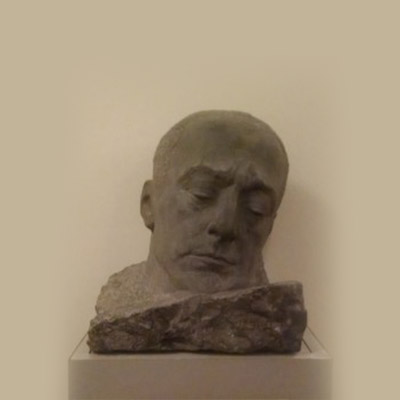By Nancy Oliveri
To any practitioner of the dramatic arts whom I have ever written about in this space: Read it here and now. I’m throwing myself at your mercy and admitting two things: “I get it!” And, “It’s not as easy as it looks!”
“It,” in this case, is the actor’s job of making a character believable … through technique, skill or natural ability. To pull it off, you really need a little bit of each of those things.
Now, I’m the first to admit that I have only a very little bit of each, which is why, when I decided to dabble in community theater after a decades-long hiatus, I joined a group I knew would accommodate me, an amateur.
So on a recent Sunday afternoon (Oct. 19), I had the pleasure of appearing in a dramatic reading by members of Southern Tier Actors Read of that wonderful old chestnut I Remember Mama in the beautiful vintage venue of Binghamton’s Phelps Mansion Museum. I was so grateful for the opportunity to perform with a cast comprised both of dabblers like me and a number of very powerful professionals.
The script-in-hand “dramatic reading” format used by S.T.A.R. removes the burden of line memorization but doesn’t let the actor off the hook entirely. You must anticipate, while reading past the italicized directions in the script, exactly when you are supposed to come in and to sound, when you do speak, like you know what you’re talking about. It has to make sense. Add a possible accent, unfamiliar name pronunciations and the absence of props, and it’s a challenge.
Also, if you don’t blurt out your line when you’re supposed to, you have to be clever enough to pretend you missed it on purpose … for dramatic effect, of course! I never quite mastered that, so I resorted to the magic of the highlighter: yellow for my lines, pink for my cues.
Any good play worth presenting tells a story. If the actors don’t take the time to think about what’s really happening, and what they are really saying, the interpretation can fall flat. In one short week of rehearsals, our troupe of actors — principals and supporting characters alike — went from a cold, tentative reading to a full-fledged flowing narrative about the Hanson family in early 20th century San Francisco.

Bill Gorman and Sean Patrick Haggerty, as seen by the actors waiting “in the wings.”
And I’ve discovered from watching other dramatic readings by this group, most recently The Farnsworth Invention at the Cider Mill, that, if done well, scripts and the binders that hold them, can seem to disappear.
Will I ever do this again? If they ask me to, I may find it hard to say no, in any dialect. Thanks again, Judy McMahon and Kate Murray, for this wonderful addition to the local theater scene here.
Next up for S.T.A.R.:
> A Veterans Day old-time radio tribute to our armed forces Nov. 9 at the Schorr Family Firehouse Stage in Johnson City (reenactments of radio programs from the 1940s).
> It’s A Wonderful Life: A Radio Play by Joe Landry Nov. 22 and 23 at the Cider Mill Playhouse in Endicott.







